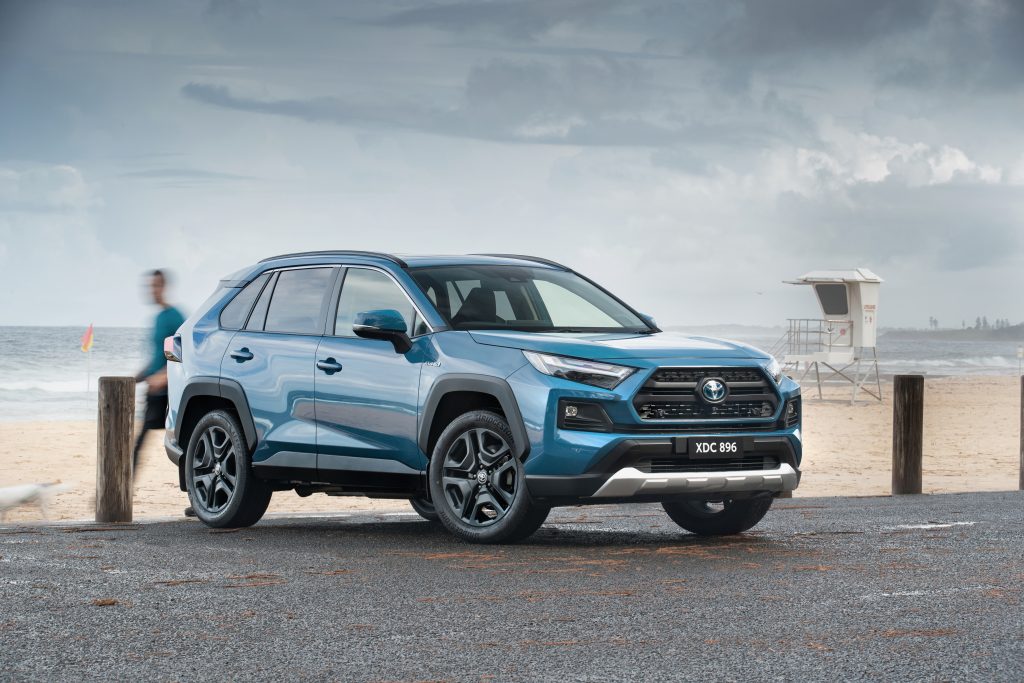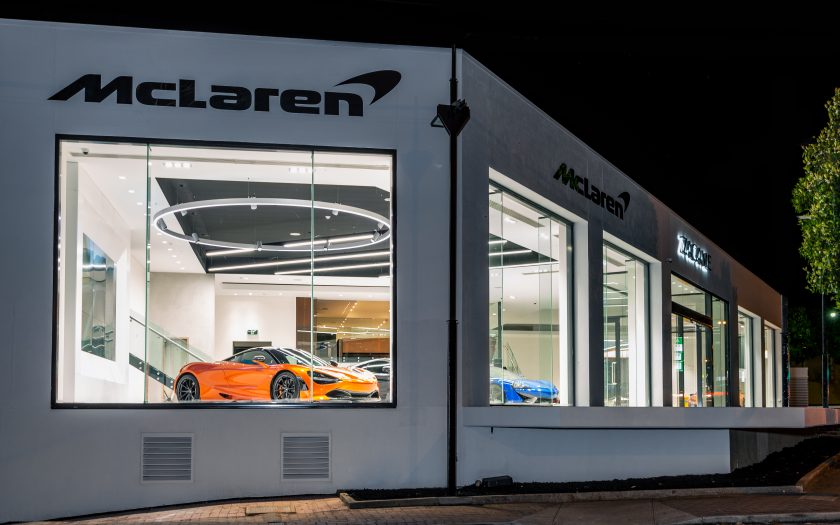THE GROWTH OF THE NEW CAR market has hit a new record for 2025, but the FCAI sees a reduction in the market for 2025 as the cost-of-living crisis bites.
The new record for vehicle sales in 2024 is receiving a subdued reaction from the industry as consumers face a tough start to 2025 caused by economic and political challenges.
The monthly December VFACTS result showed that 95,895 new vehicles were sold during the month, 2.7 percent lower than the same period in 2023. This resulted in 1,220,607 new vehicle sales for the full year, an increase of 0.3 percent on 2024 and the best result ever recorded in Australia.
FCAI Chief Executive Tony Weber said that while very strong sales in the first half of 2024 set up the full-year result, the momentum in the market was lost as the year progressed.
“The second half of the year showed a concerning trend with sales in the Private segment falling to very low levels as interest rates and general cost of living pressures impacted Australian families,” Mr Weber said.
“Customers are also increasingly making choices regarding environmental outcomes and the associated total cost of ownership of moving to low emissions technologies. So, while the sales of battery electric vehicles are lower than expected, this is offset to a degree by an increasing number of buyers turning to hybrid and plug-in hybrid models which make up 14.1 percent and 1.9 percent of the total market respectively.”
“While overall consumer preferences remain clear with SUVs and Light Commercial vehicles continuing to dominate the market and especially the top ten sales, many vehicles in these segments are either difficult or expensive to decarbonise. This will prove to be a significant challenge in meeting the extremely ambitious targets of the New Vehicle Efficiency Standard (NVES) which began on 1 January 2025.”
“The industry is responding to NVES by increasing the range of zero and low emission vehicles on offer. However, a continuation of current customer buying preferences will inevitably lead to the accrual of substantial penalties under the Government’s new scheme, which will create price inflation within the new vehicle market.”
Mr Weber said lower than expected sales results for battery electric vehicles were being replicated in a number of major markets around the world.
“Governments around the world have set regulations that are ahead of available zero emissions technologies and this is impacting both car makers and consumers. Manufacturers in the UK, Europe and the USA are under pressure because they have made huge investments to manufacture EVs, but customers are not buying them in the numbers needed to meet emission targets and to provide a return on investment,” he said.
“In Australia, ideally, we will continue to see governments continue to invest in EV recharging infrastructure across the country. The Commonwealth Government should apply revenue raised through NVES penalties to recharging infrastructure. In addition, I urge the Commonwealth Government to support its emissions reduction policies by considering ongoing consumer support such as a continuation of the FBT exemption for plug-in hybrid vehicles which is due to end on 1 April 2025.”
“If consumers do not want, cannot afford or cannot find new low emission vehicles that meet their needs, then no amount of effort from governments and car makers will make a difference.”
While acknowledging the challenges ahead in 2025, Mr Weber said that new car buyers could look forward to an increasing range of vehicles with advanced specifications and technologies.

Toyota was the market leader with sales of 18,657 during December, followed by Ford (8305), Mazda (7256), Kia (6302) and Mitsubishi (5754). The Toyota RAV4 was Australia’s top selling vehicle with sales of 5119 followed by the Ford Ranger (4493), Toyota HiLux (3333), Toyota Prado (2687) and the Ford Everest (2476).
For the calendar year 2024, Toyota was the biggest selling brand with sales of 241,296 and 19.8 percent market share followed by Ford (100,170, 8.2 percent); Mazda (95,987, 7.9 percent); Kia (81,787, 6.7 percent) and Mitsubishi (74,587, 6.1 percent).
For December 2024, sales in the Australian Capital Territory were down 8.9 percent on December 2023 to 1221; New South Wales was down 1.7 percent to 28,200; Northern Territory was down 10.6 percent to 664; Queensland decreased 4.4 percent to 20,259; South Australia also decreased by 13.5 percent to 6175; Tasmania had a decrease of 11.5 percent to 1862; Victoria decreased 2.7 percent to 26,755 and Western Australia increased 9.2 per cent to 10,759.
Key Points:
- The December 2024 market of 95,895 shows a decrease in new vehicle sales of 2649
(-2.7 percent) compared to December 2023 (98,544). There were 24 selling days in both December 2024 and December 2023 which resulted in a decrease of 110.4 vehicle sales per day in December 2024. - The Passenger Vehicle Market is down by 2240 vehicle sales (-13.8 percent) over the same month last year; the Sports Utility Market is up by 5602 vehicle sales (10.7 percent); the Light Commercial Market is down by 5811 vehicle sales (-22.7 percent) and the Heavy Commercial Vehicle Market is down by 200 vehicle sales (-4.6 percent) versus December 2023.
- Toyota was market leader in December, followed by Ford and Mazda. Toyota led Ford with a margin of 10,352 vehicle sales and 10.8 market share points.
